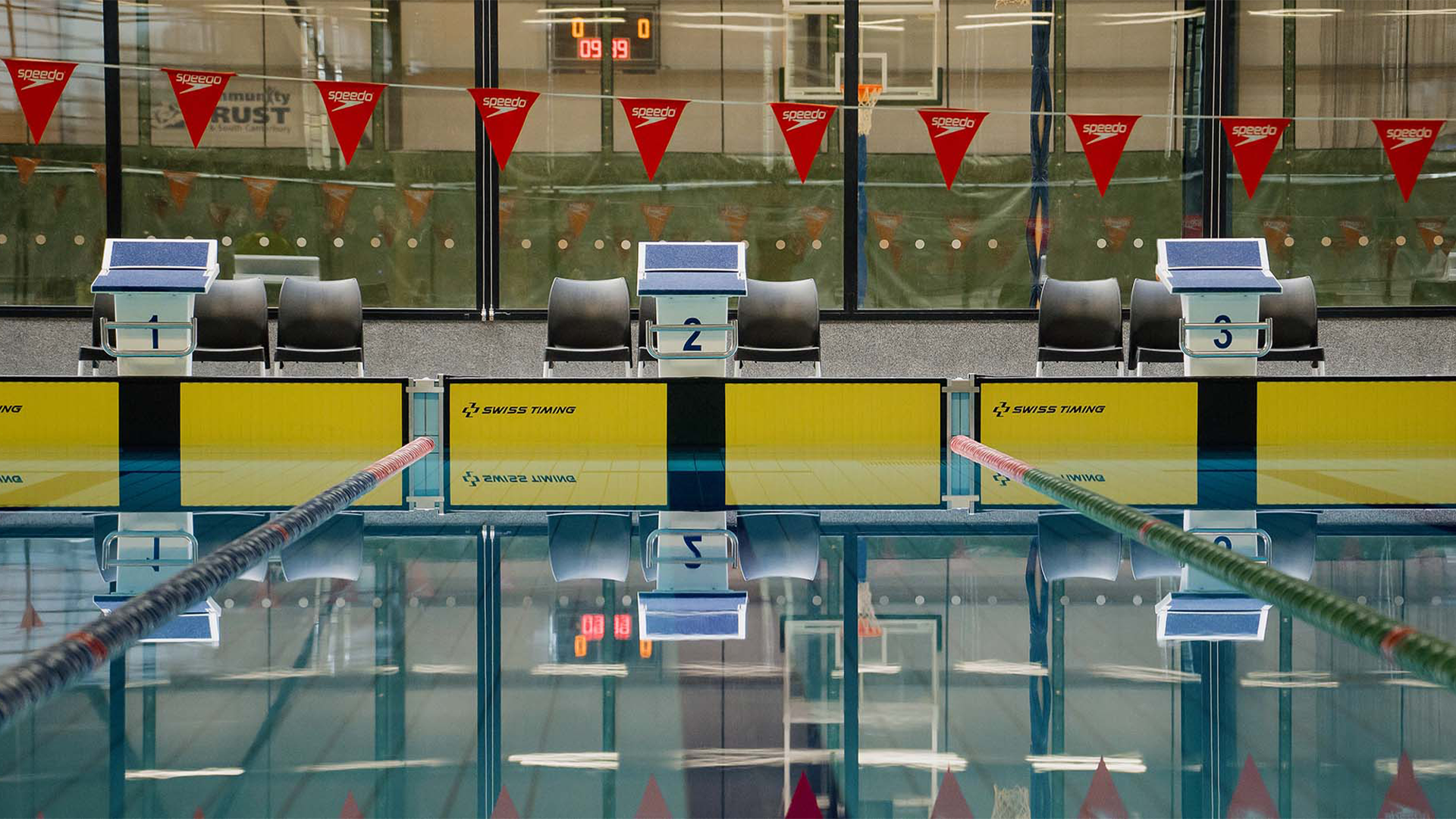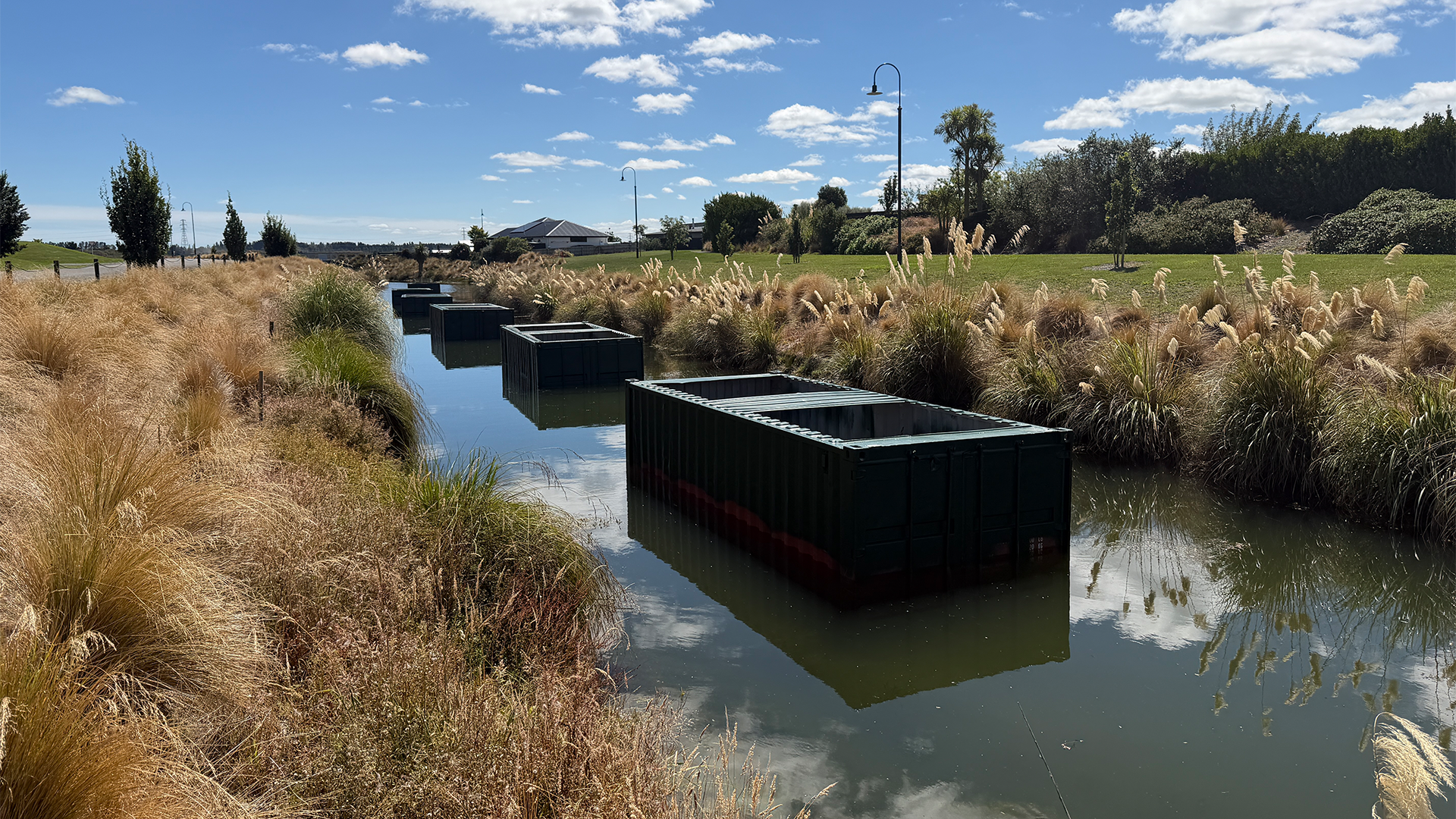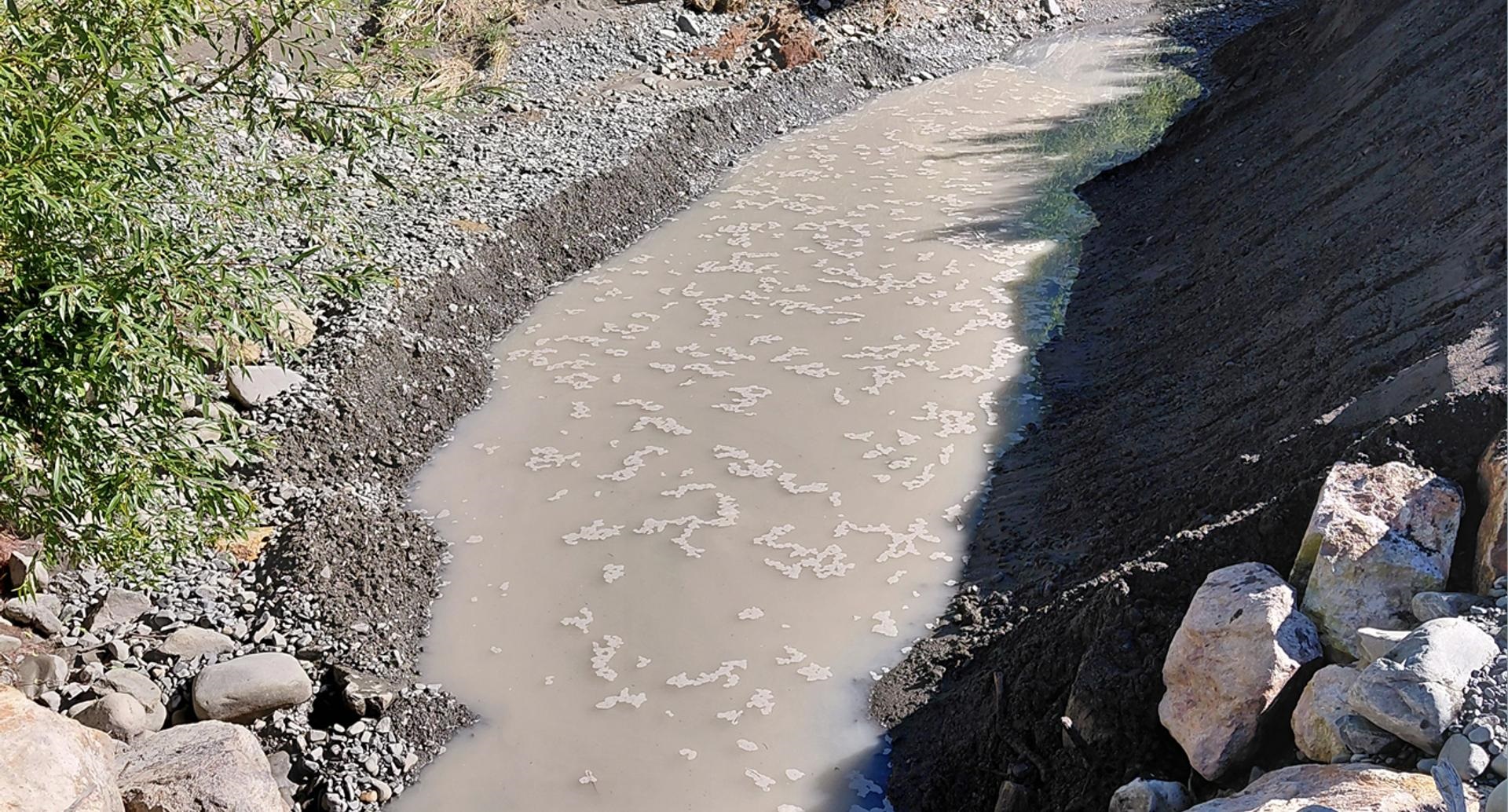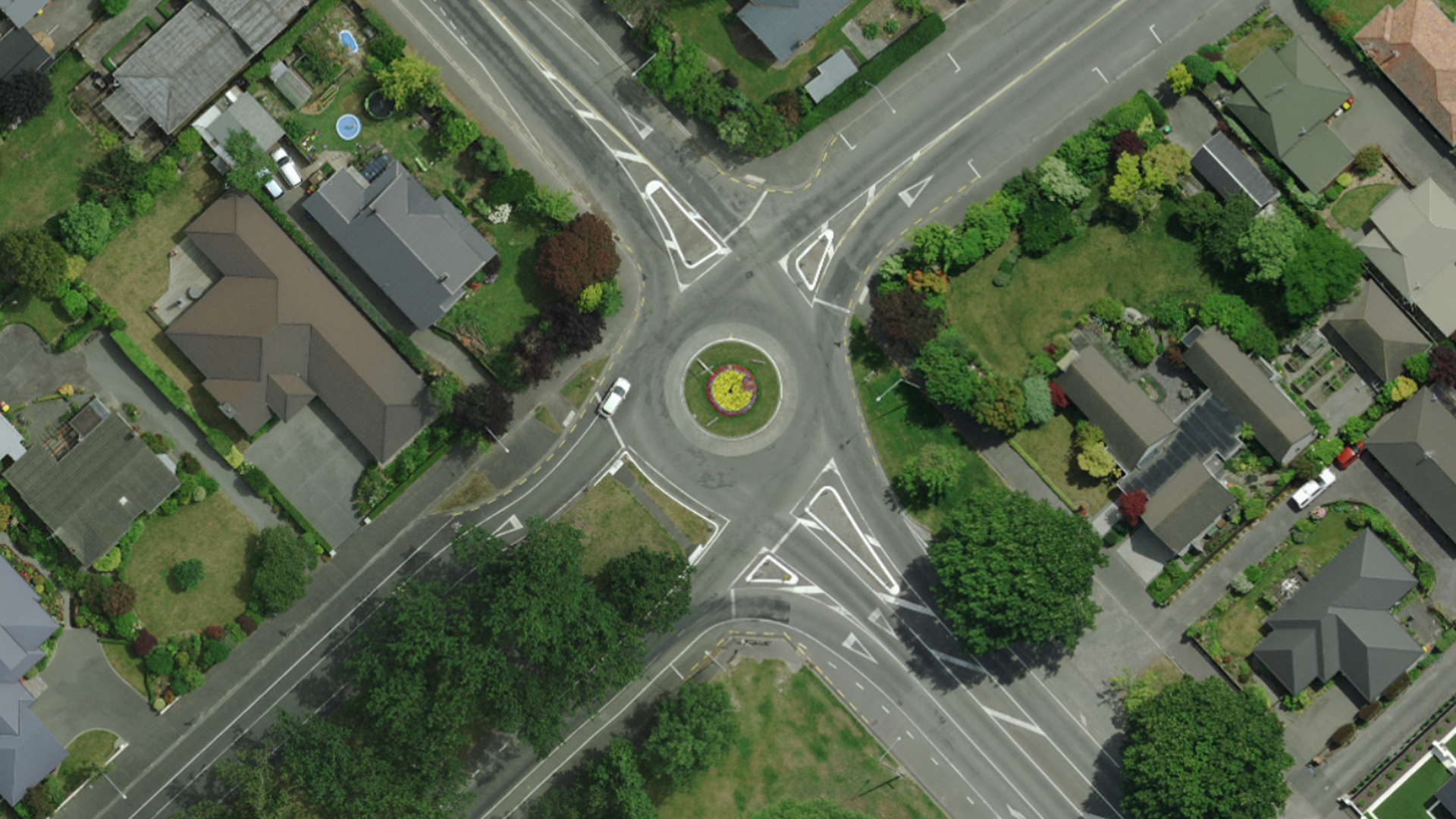Councillor Comment John Falloon: The importance of reserves

As part of the Annual Plan process, Council is currently consulting with the community as to whether or not $1.7 million should be taken from the forestry reserve and used for repairing the district's roads.
Reserves form an important part of any balance sheet, for Councils, businesses, or any organisation undertaking significant works. In Ashburton's case, on behalf of the community, the Council holds a number of reserves with a total value of $65.6 million.
The forestry reserve is a relatively small part of that, with a balance of $5.1 million, which has been built up over time from the sale of Council-owned forestry and forestry land.
By far the largest component is the property reserve, now standing at $27.1 million, which is funded from a mix of capital gains on Council property sales and depreciation.
Depreciation is the amount by which Council's assets reduce in value each year. Each group of assets is written off over a certain number of years, depending on the type of asset.
For example, if a building costs $1 million, and is expected to have a lifetime of 50 years, then for Council's accounting purposes that building will be depreciated at $20,000 per year.
The monies received from rates and other sources to cover this cost will be placed in a reserve in order to have a fund to cover its eventual replacement. It is a requirement of councils to cover the depreciation of their assets by the amount they charge for rates.
A number of years ago the Queenstown Lakes District Council did not rate for depreciation, which, although leading to lower rate increases for a period, led to a rundown in reserves, and eventually a higher cost when those assets needed replacement.
But the importance of reserves goes beyond just having cash stored for asset replacement in the future. In the short term, they can be borrowed internally to fund other Council projects, particularly, as is often the case, where the cost of borrowing is greater than the reserves are earning in term deposits or other investments.
Major projects such as the recently completed CBD redevelopment was partly funded from reserves such as the footpaths and roading reserves, with the balance being funded by external funding.
This is the case with most infrastructure developments which are funded by a mix of reserves and new borrowing, unless we can obtain central government funding as we did recently for the relief sewer from Bridge Street to Milton Road.
Share this article
Latest News
Change proposed for squad swimmers
Refresher course for senior drivers
Cr Phill Everest: Challenges of a changing Local Government landscape
Time to toast our local businesses
Scientists return to Lake Hood to prepare for full study
Road Closures
DAVID STREET
from 21 Jan 7:00 to 27 Feb 18:00
FITZGERALD ROAD - SEASIDE ROAD
from 15 Mar 8:00 to 15 Mar 20:00
EALING MONTALTO ROAD
from 26 Jan 7:00 to 6 Mar 18:00
FAIRFIELD ROAD
from 26 Jan 7:00 to 31 Mar 18:00
ELIZABETH AVENUE (RAKAIA)
from 19 Jan 7:00 to 27 Feb 18:00
View all Road Closures | Live map







